Once Again,,,, I'm Not Sorry
Once again,,,, I'm not sorry
More Posts from Lokisbur and Others

Neon pondering his Subatomic Supern(orb)va
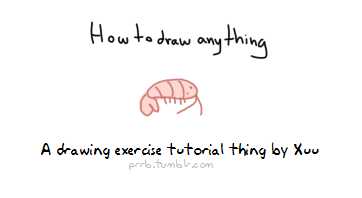
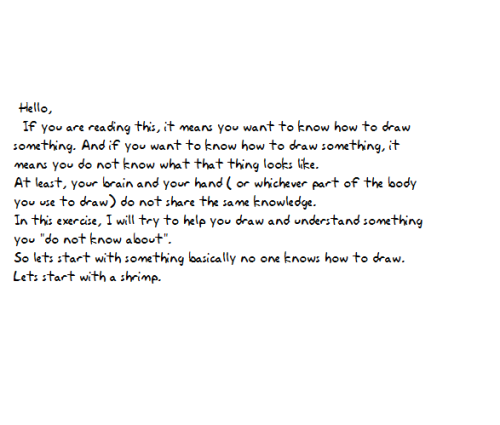
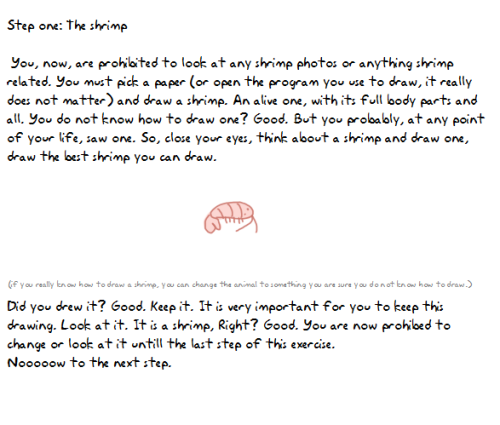
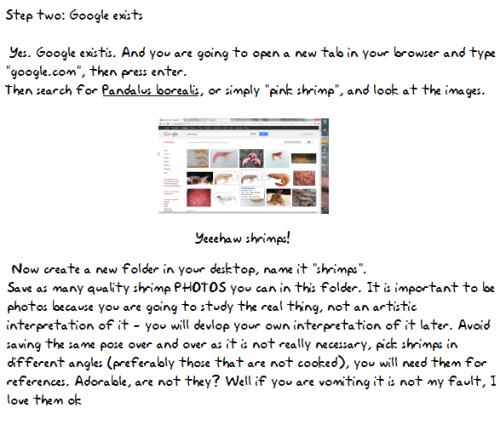
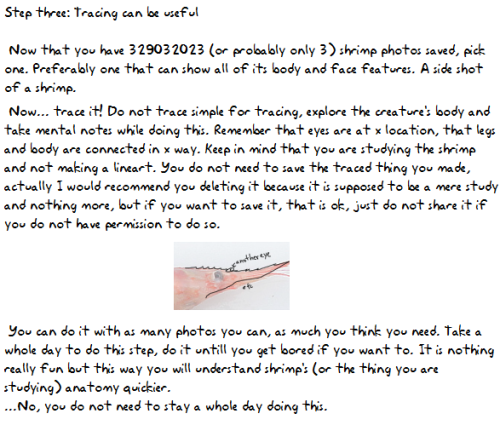
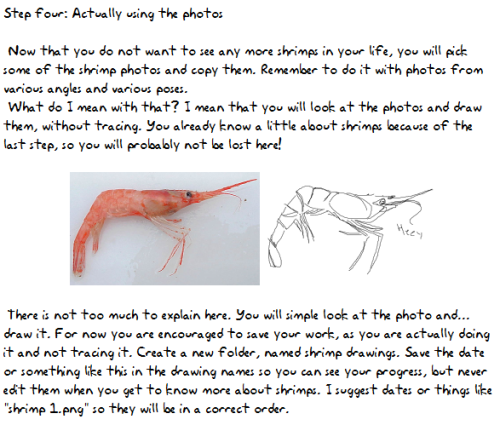

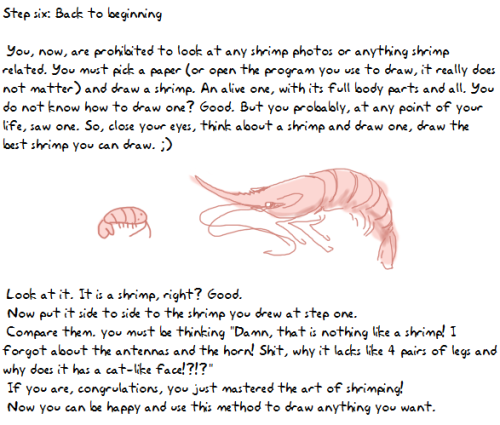
How I pratice drawing things, now in a tutorial form. The shrimp photo I used is here Show me your shrimps if you do this uvu PS: lots of engrish because foreign
Tested the assembly with two pieces and ooooh boy hahaha omg
So I have thrown myself into a huge project, which is to make a plaid for my mother


This is the finished plaid from the creator and all the squares, half squares and quarter squares I have to do.

I've done all that so far, which corresponds to the four corners, all the big borders, half of the small borders and one baby square.
I'm doing it using yarn my mother wanted, which is a mix of cotton and merinos wool. There's 10 colours total but I'm not using the same as what is shown in the pattern.
Chapter: 2/6
Words: 2030
Chapter: 1/6
Words: 996
Language: English
Fandom: NSR, No Straight Roads
Rating: Teen And Up Audiences
Warnings: No Archive Warning Apply
Relationships: NeonNova, DJ Subatomic Supernova/Neon J.
Characters: DJ Subatomic Supernova, Neon J. (No Straight Roads), Green | Eloni (No Straight Roads), Blue | Purl-Hew (No Straight Roads), the rest of the kids but they're not mentioned by name
Some tips for using a few words to describe voices:
1. Tone Words: Use tone words to convey the emotional quality of a voice. For example, you can describe a voice as "melodic," "soothing," "sharp," "gentle," or "commanding" to give readers a sense of the tone.
2. Pitch and Range: Mention the pitch and range of the voice. Is it "deep," "high-pitched," "raspy," or "full-bodied"? This can provide insight into the character's age, gender, or emotional state.
3. Accent and Diction: Describe the character's accent or diction briefly to give a sense of their background or cultural influences. For instance, "British-accented," "Southern drawl," or "formal."
4. Volume: Mention the volume of the voice, whether it's "whispering," "booming," "murmuring," or "hushed."
5. Quality: Use terms like "velvet," "silken," "gravelly," "honeyed," or "crisp" to convey the texture or quality of the voice.
6. Rate of Speech: Describe how fast or slow the character speaks, using words like "rapid," "slurred," "measured," or "rambling."
7. Mood or Emotion: Indicate the mood or emotion carried by the voice. For example, a "quivering" voice may convey fear or anxiety, while a "warm" voice may express comfort and reassurance.
8. Resonance: Describe the resonance of the voice, such as "echoing," "nasal," "booming," or "tinny."
9. Timbre: Mention the timbre of the voice, using words like "rich," "thin," "clear," or "smoky."
10. Cadence: Highlight the rhythm or cadence of speech with descriptors like "staccato," "lilting," "rhythmic," or "halting."
11. Intonation: Convey the character's intonation by saying their voice is "sarcastic," "apologetic," "confident," or "questioning."
12. Vocal Characteristics: If applicable, mention unique vocal characteristics, like a "lisp," "stutter," "drawl," or "accented 'r'."
Visible Mending
Introduction:
Visible mending is a decorative way to fix up an item. Instead of trying to make your mend as invisible as possible, the idea is to make it part of the garment's design.
Visual mending is not a single technique: it's more of a mindset. If you've got an item you love, it deserves to be mended, and if you're going to put that love into stitches, why not show them off?
That being said, there are some specific techniques that are popular with visible menders. Let's take a look!
Sashiko:
Sashiko is a type of traditional Japanese embroidery that is used to both decorate and reinforce fabric. In visible mending, sashiko is often used to cover up holes with patches or to reinforce thinning fabric. This technique uses a variation on the running stitch.

(Image source)
Some resources on sashiko:
SashiCo on YouTube: sashiko livestreams and information on the cultural aspect of sashiko.
Written tutorial by Upcycle Stitches.
Free sashiko templates by TheSpruceCrafts.
Fixing jeans with sashiko by Soluna Collective.
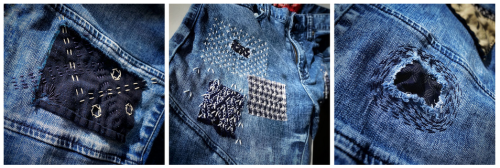
(Image source)
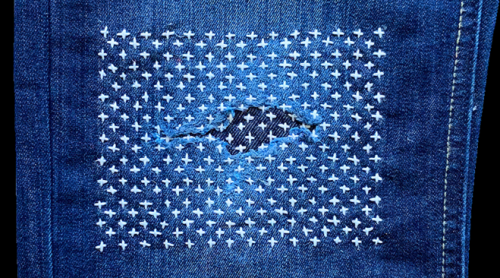
(Image source)
Embroidery:
Regular embroidery is also a popular technique to accentuate your mends. Check out my embroidery 101 post to learn how to get started. You can embroider patches, or use embroidery to hide or accentuate any stitches you've made to fix holes. Embroidery's also a great way to cover up stains.
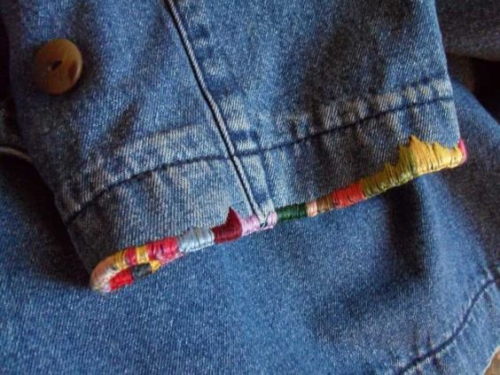
(Image source)
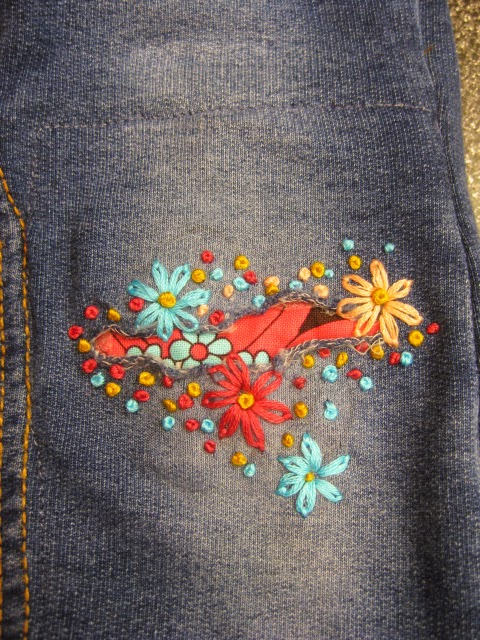
(Image source)
Patches:
There are many ways to add patches to a garment. My tutorial on patches is a good place to start if you want to make custom-shaped patches to sew on top of your fabric. You can also sew your patch on the inside of your garment and have it peek out from beneath the hole you're trying to fix. Fun ideas for this are lace or superheroes.
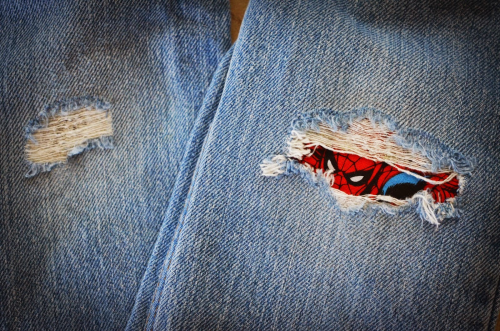
(Image source)
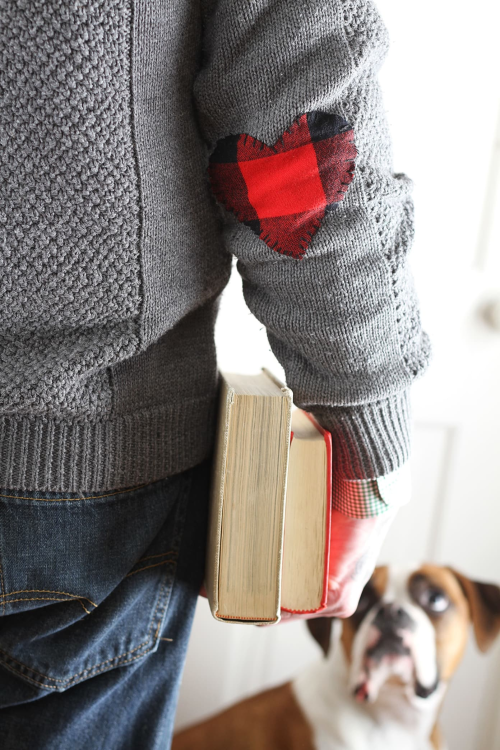
(Source)
Darning:
Darning is a technique used to repair holes in fabric by using running stitches to weave extra fabric over the hole as to fill it up again. While traditionally darning is done in an invisible way by using the same colour of thread as your fabric, you can also use contrasting colours to accentuate your fix. Check out this written tutorial on darning by TheSpruceCrafts.
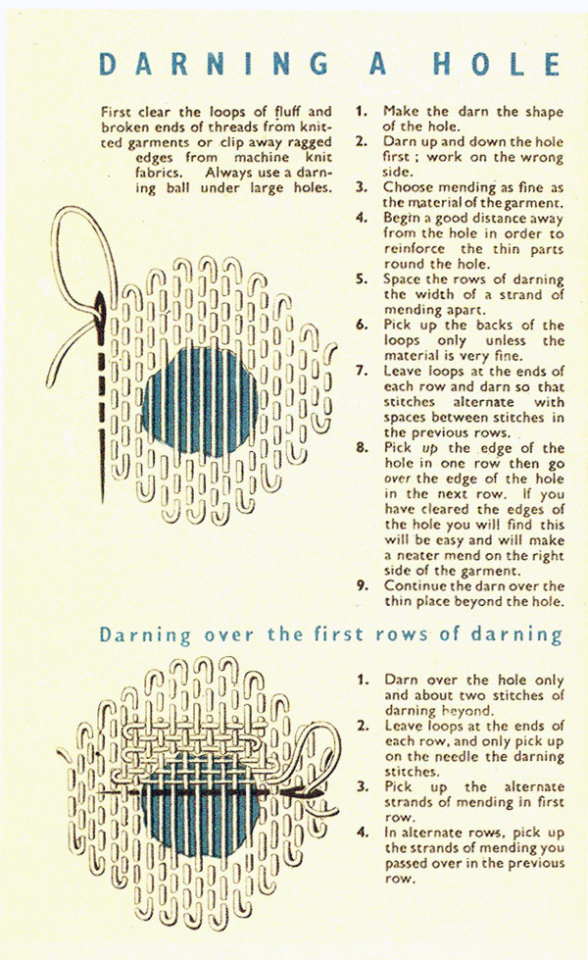
(Image source)
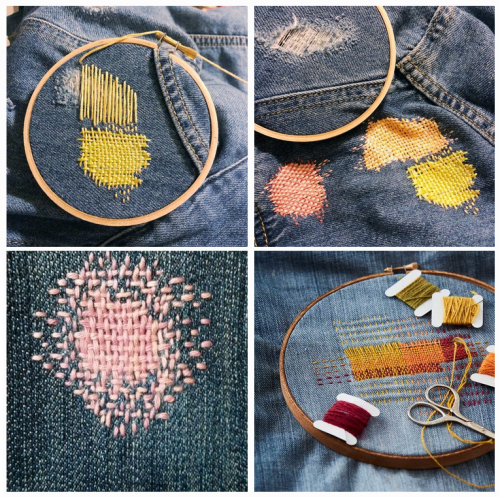
(Image source)
Conclusion:
Visible mending is a creative way to fix up your clothes and give them some personality at the same time.
You should be proud of the fact that you took the time and learned the necessary skills needed to mend your clothes! Show off what you did!
A fun side effect of wearing these obvious mends is that people will notice them. They'll remember your fixes the next time they're faced with a hole in their wardrobe, and it will make them more likely to try it for themselves.
These are just a few ways to visibly mend your garments. Want more inspiration? Check out Pinterest or r/Visiblemending on Reddit.
Writing Emotion: Fear
Everyone will feel fear every once in a while, and it’s an important part of many character’s development. Let’s take a look at some body language and speaking habits of a person who is afraid!

Body Language (External Threat)
Humans are very complex, as I’m sure you know. There are usually two ways people may react to an external threat: Fight or Flight. Make sure you know which one your character is before choosing some traits!
Keeping a bigger space between them and the “threat” (Backing away)
Heart beating faster, rapid breathing
Crossing legs/arms (protecting body)
May become aggressive or violent
“Fight Mindset” - fists clenched, locked on stare, ready to fight.
“Flee Mindset” - eyes darting around, nervous.
Slouching or “shrinking”
Stiff eyelids - wide open
Tense muscles - stiff, slouching posture
Unpredictable/quick movements
Events unfold in “slow-motion”
Senses are hyperactive (Better hearing, smell, etc. from adrenaline)
Sense are nonfunctioning (Worse eyesight, unable to recall events after the fact, etc. This can happen to people who are prone to panic attacks, and/or are “stuck in their heads”)
Body Language (Internal Threat)
A common part of a character’s development is their “break”, so to speak. This is when they are too overwhelmed by something they must do or come to terms with, and a common emotion felt during that time is fear. Most people will fear what they don’t know or understand. These traits can be spotted in a character battling these things long before they “break”, or even right before/during. For ease of use, I’ll start with habits you spot earlier on.
Unhappiness - not as happy doing the things they like, not doing the things they usually do, etc.
Stress - easily angered, snappy, rubbing temples, etc.
Physical venting - exercising, (punching bag, running, etc)
Not sticking to typical schedules (Not going to a cafe they usually do, etc)
Seeming preoccupied or “in their heads”
Becomes emotional at everything
Doing irrational things (feeling like they need to prove themselves, show they are not afraid, they don’t need help, etc)
Unable to listen to the advice of others (believing they know what they need to do, or how it must be done)
Pushing people away (thinking this is their responsibility alone, that no one can help them, etc)
Unable to stick to or form rational plans (emotion leads them instead of logic)
Twisting reality - unable to clearly see what’s happening before them because they are so overwhelmed, or not remember events of the past for the same reasons. (They may blame people who are not responsible for things that have happened to them, because they think that’s how it happened. Research about trauma to better understand how humans manipulate reality and memories to cope)
Unhinged anger - lashing out in extreme ways (like when characters with super powers suddenly get very strong when very emotional, or more realistically, when a mother’s child is in danger and adrenaline gives her a sort of super strength)
Signs of insanity - when people deal with extremely difficult things, their mental state may begin to break down. They may talk to themselves, appear perfectly fine in a situation that warrants panic, etc. (Be sure to do research before hand, and always depict mental illness as it actually is.)
Signs of shock - very quiet, rapid heart rate, dry mouth, clammy and pale skin, nausea and vomiting, dizziness, confusion, disorientation, passing out, loss of memory, screaming, crying, etc.
Trauma - after the fact, your character may experience symptoms of a person with trauma. (If you want your character to experience this, please do your research first. Always depict mental illness as it actually is, not how you want it to be.)
Verbal Habits (External)
Again, make sure you identify which of these habits might come from a “fight” person or a “flight” person before choosing!
sharp and angry tone (to make them seem tough)
small voice, trying to seem non confrontational
Trying to make the other party happy - “You got a problem?” “No, no, I was just looking around. I didn’t mean to disturb you…”
Stuttering or stammering (Please use in moderation!)
“Um…” and “uh…”
Tries to say something tough, but since they’re actually afraid, it comes out small and weak - “Just… just leave me alone!” his voice squeaked in fear.
No words coming out (as if their brain is frozen in fear)
Rambling - “Did you come here last night or not?!” “Me? I was at the bar with… my friends! Yeah, we were just ordering some stuff to eat because we met some nice people (who were really into karaoke) to hang out with, and-” “Answer the question!)
Verbal Habits (Internal)
Not wanting to talk about it - typically, people do not want others to know they are afraid. They may become hostile or upset if the topic is brought up.
Speech patterns change when talking about it - stuttering, incoherent speech, not “having a point” to what they are saying.
Having an edge to their voice (from being angry) - “Just tell me what’s bothering you.” “Because that always works,” she rolled her eyes. “I’m just trying to help.”
Bizarre topics of conversation, seeming out of the ordinary or distracted.
Hello all! I know I’ve been away for some time, but I appreciate the love you guys have been giving this account anyway! I’m so happy to see that you find my work helpful. <3 I hope that this post helps you out in writing some good characters and emotions. Have a lovely day, and happy writing <3
-RB
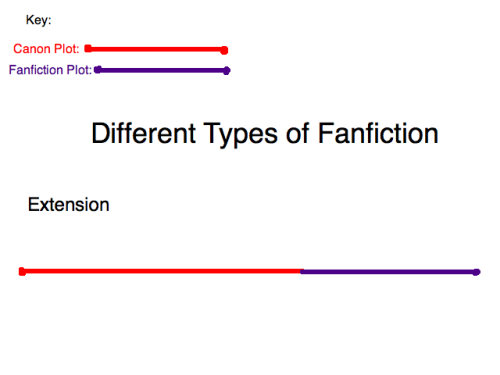
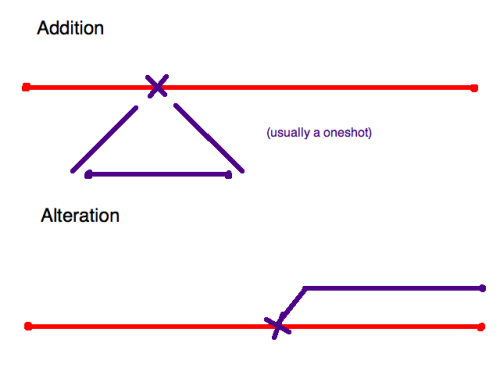
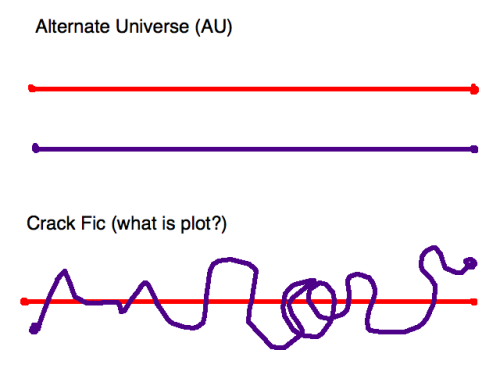

I don’t know if anyone has ever done this before but, here ya go… The Different Types of Fanfiction!
I probably left a few out, but these are the most common, compared to their base fiction’s canon plot. Enjoy! XD

now with colours!

everybody look at that lil man I just drew with my mouse
-
 iveseenwhatudone liked this · 2 years ago
iveseenwhatudone liked this · 2 years ago -
 hera-how-are-u liked this · 3 years ago
hera-how-are-u liked this · 3 years ago -
 fogmoo liked this · 3 years ago
fogmoo liked this · 3 years ago -
 103cows liked this · 3 years ago
103cows liked this · 3 years ago -
 somerandomauthor liked this · 3 years ago
somerandomauthor liked this · 3 years ago -
 hellow0rld liked this · 3 years ago
hellow0rld liked this · 3 years ago -
 stenfalk liked this · 3 years ago
stenfalk liked this · 3 years ago -
 local-bug-brother reblogged this · 3 years ago
local-bug-brother reblogged this · 3 years ago -
 blossombloodcurse liked this · 3 years ago
blossombloodcurse liked this · 3 years ago -
 greengremlingreen liked this · 3 years ago
greengremlingreen liked this · 3 years ago -
 lokisbur reblogged this · 3 years ago
lokisbur reblogged this · 3 years ago

xey/xem French Don't be fooled, I'm a platypus, I don't much stuff (art side account)
288 posts


